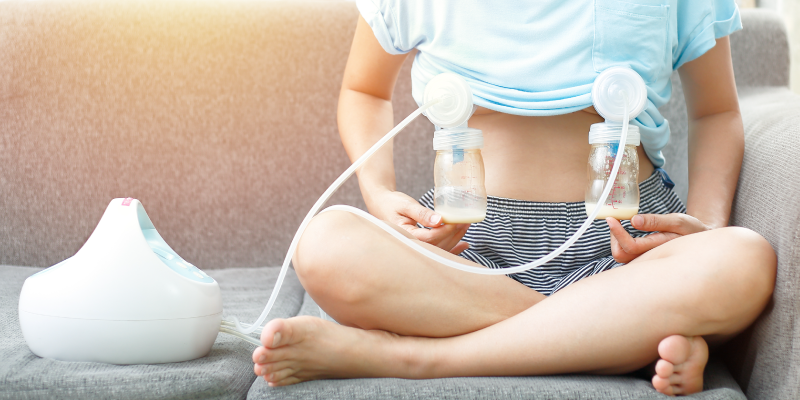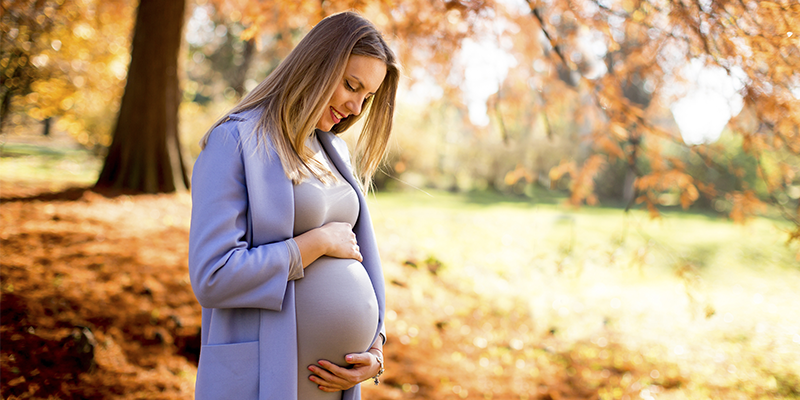Baby Rash Guide: Everything You Need to Know
The soft skin of babies that is ideal for cuddles and kissing also makes your baby more prone to baby rash and diaper rash. Soothing the rash requires knowing the cause because this isn’t a one-rash-fits-all situation or treatment. Is it an allergy? An irritation? Is it heat rash or diaper rash? Knowing the difference between rashes means a more efficient and effective process for restoring your baby back to a place of comfort. Although additional types of rashes exist, take a look below for some of the common culprits and what to watch for.
Heat rash
The name of this rash gives you a hint to the cause: blocked sweat glands and sweat. Both higher temperatures associated with regional climates and seasons, as well as too much clothing can contribute to heat rash. Even moms who are sweating for two can be susceptible to heat rash.
What to watch for: Do you notice tiny red bumps located on the shoulders, head, neck or possibly the chest areas? Do you notice scratching that might indicate the baby feeling itchy? The tiny read bumps and irritation due to itching may together be a signal for heat rash.
Diaper rash
A type of rash often associated with infancy, diaper rash appears due to wet diapers and the rubbing action between the diaper and skin. In general, the longer a baby wears a wet diaper, the greater chance of diaper rash.
What to watch for: This type of rash may be a bit easer to identify due to the location—the baby’s tooshy! Look for red patches, as well as the possibility of slightly swollen skin. One last tip to watch out for, or FEEL for, is the temperature of the skin. A warm baby bum can also indicate diaper rash.
Meningitis rash
A viral and usually rare rash, meningitis rash presents itself through multiple symptoms in addition to a rash. Please be aware: viral meningitis is different from bacterial meningitis, but if you think your baby has meningitis, contact your health care provider immediately for an accurate identification.
What to watch for: Presence of a high fever is one of the primary signs of meningitis. Other possible symptoms include lethargy and vomiting with reduced appetite and increased irritability. The visible rash part of meningitis can differ, but often looks like red or pink spots generalized across the body, a purple bruise-like rash, damaged capillaries and a red and itchy rash. Again, if you notice these symptoms that might indicate meningitis, contact your doctor!
Strep rash
Did strep throat recently make an appearance in your household? Exposure to strep throat plus physical indicators may answer your question about the type of rash your baby is experiencing.
What to watch for: Another viral type of rash, strep rash can appear with a noticeable red color and “beefy-looking” as well as oozing patches in the folds of the neck. Also take notice of the anus, which if encircled by a red area, could also signal strep rash.
Chicken pox
A viral infection spread through contact, chicken pox exhibits signs similar to the other rashes discussed here. Knowing what to look for is important to help you determine the next best step for treatment.
What to watch for: Chicken pox bumps and blisters vary based on the progression of healing. They range from pink bumps to red bumps and blisters, which you will notice initially on areas of the face, abdomen or back and then spread to other parts of the body. Other signs to stay aware of include itchiness and a fever.
Eczema rash
If your baby experiences this type of baby rash, you will notice the frequently persistent nature of eczema. In addition to being chronic, it is also a common baby rash. To avoid infection, be sure to address eczema rather than assuming it will clear up on its own.
What to watch for: How might you know your baby is experiencing eczema? Keep an eye out for an itchy rash and patches of dry skin. Severity of the eczema affects what you will see; mild forms are indicated by patches of dry and flaky skin that are more pink in appearance, and more severe forms are signaled by patches of skin that are flaky, red and with significant itch irritation.
Hives
Hives can appear in response to an allergy or along with a virus. You may notice hives as an allergic reaction in an area on the body in contact with the allergen. Or you may notice hives across the body rather than contained to one specific area. A heads up if you notice hives: the addition of a swelled tongue or wheezing means you to need to seek out a doctor right away!
What to watch for: If you aren’t familiar with the look of hives, they are welts that are both pink and blotchy in appearance. You may notice that the hives appear, disappear and then reappear, and they are commonly accompanied with an irritating itch.
Baby rash and diaper rash can vary in signs and severity, so if you have questions, reach out to your health care provider, especially in the case of strep rash, meningitis rash, and a possible viral or allergic response. Knowing the cause of the rash increases finding the right solution so you can get back to the cuddles and kisses you love!

















